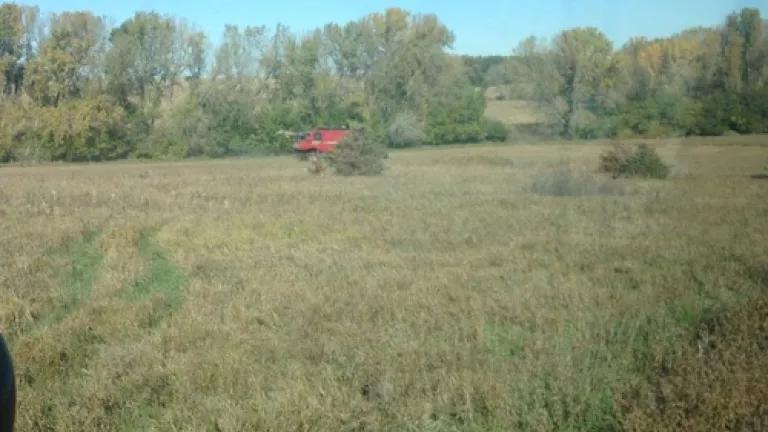
Thanksgiving has a special place in the hearts of most farming families. It’s a time for farmers to give thanks for the literal fruits of their labors at the end of harvest season. This year, I had the opportunity to make a quick trip back to the farm in Nebraska during harvest, and here are a few things I’m most grateful to have seen there:
Native Prairie in the middle of a soybean field
The field my dad happened to be working in had a patch of native prairie smack dab in the middle. According to my dad, that portion of the field is really rocky and not the best farm ground, so it provides more benefits as a conservation tool than it would as cropped land. Recent work from Iowa State confirms my dad’s take — putting just a small portion of fields into perennial prairie provides disproportionate benefits for soil conservation, water quality, and wildlife and pollinator habitat.
Native prairie in the middle of the soybean field, with a combine harvesting soybeans on the other side. Although it is mostly brown this time of year, during the spring and summer, the diversity of species present makes this patch of the field especially colorful.
Hawks following the combines to enjoy a lunch buffet
If anyone truly loves harvest time, it’s got to be birds of prey. As combines move through the field mowing down the crops, mice, moles, snakes, and rabbits scurry away. While some make it safely to the protected tree breaks or terraces, it’s easy pickings for local hawks who love to snatch up the newly exposed game. We had four or five red tailed hawks following our combine and demonstrating the circle of life.
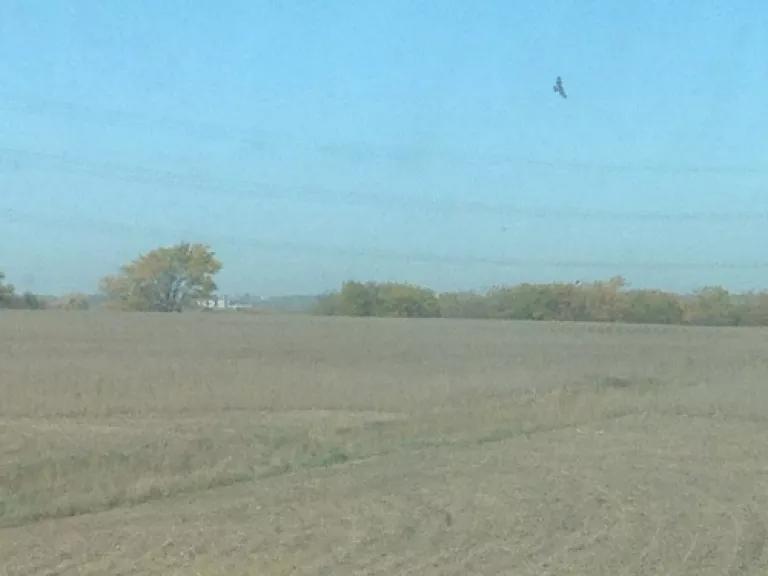
A hawk soars above the field looking for lunch.
Soil protection at work
My dad has been using no-till farming methods for many years, which means he leaves the “residue” (stems, leaves, stalks, and cobs) on the field to protect the soil from erosion due to Nebraska’s infamous winds and rains. This was a huge help this year as they received a 200-year rain event late in the fall. The soil protection offered by the residue helped prevent the worst erosion and crop loss from that rain.
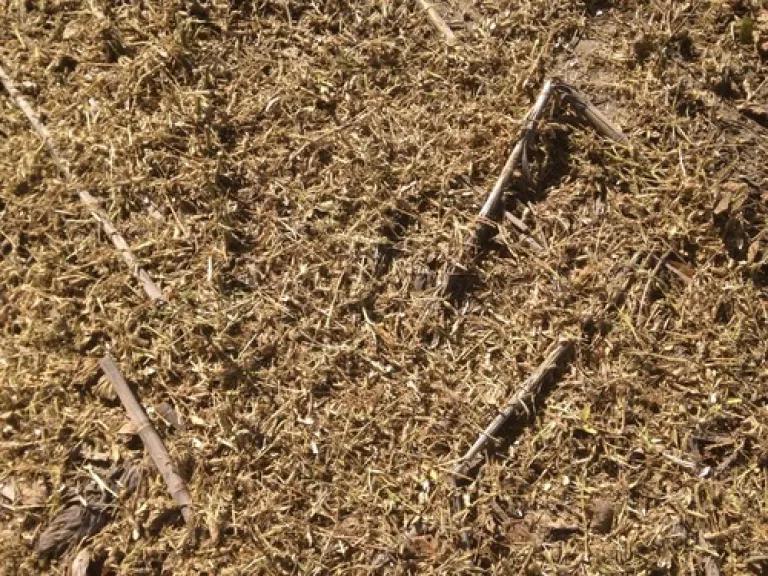
Residue on a harvested field providing soil protection. The soybean stubble is from this year, and the larger corn stalks are actually still providing protection from a year ago, and were especially helpful during a fall rain.
Inaugural cover crop seeding
After spending some time learning about the benefits of cover crops, my dad finally took the plunge and planted some rye as a cover crop this year. His primary goals are winter soil protection, nitrogen scavenging, and breaking up soil compaction. I can’t wait to dig a few holes next time I’m home to see how much root growth he was able to get!
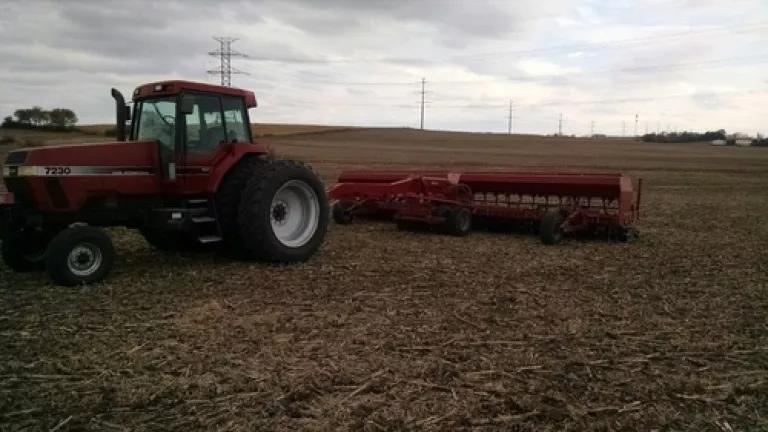
My dad’s tractor all ready to put some cover crops in the ground.
Family farmers
Of course, the best part about being home during harvest is spending time with my family. Growing up, I spent countless hours riding in the combine with my dad and grandpa after school, and I enjoy it just as much today as I did back then. Having three generations of Althouses in the field at one time is something I am very grateful for indeed!

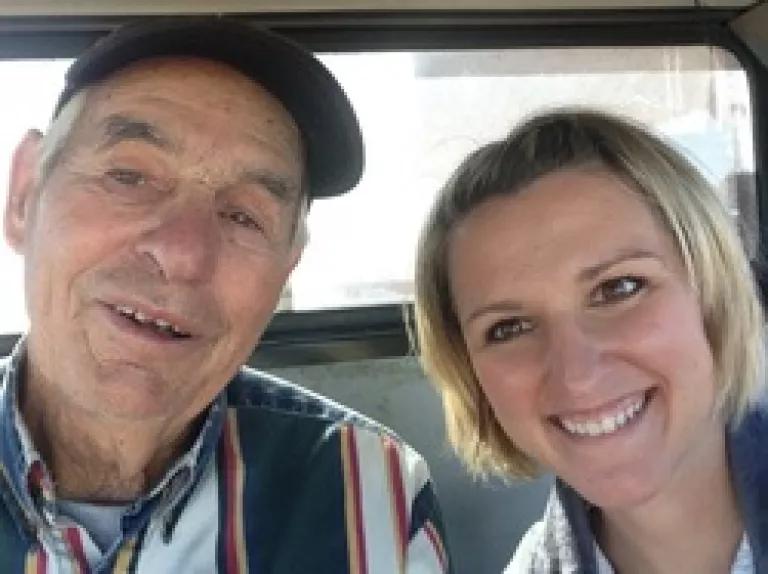
Harvest Selfies from my combine rides with my dad, Steve, and grandpa, Art.

